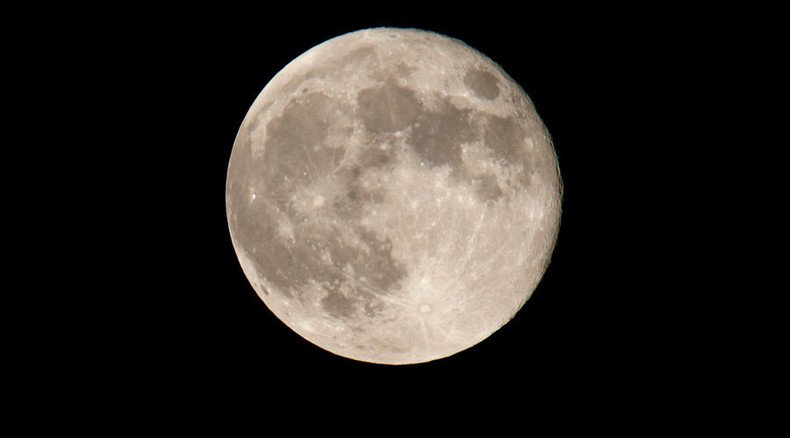Fly me to the moon… in 4 hours? EM Drive could ‘revolutionize space travel’

Day trips to the moon could soon be a reality after scientists confirmed a new propulsion drive, once thought “impossible” to build, actually works and could take punters to the lunar world in just four hours.
The electromagnetic propulsion drive (EM Drive) was developed by British scientist Roger Shawyer in 2000, but considered scientifically impossible by his contemporaries.
NASA later revisited the design, suggesting it may be possible.
READ MORE: ‘Impossible’ space drive tested by NASA foretells future of deep-space travel
Vindicating Shawyer’s findings, Dresden University of Technology’s Martin Tajmar this week revealed the EM Drive is capable of producing thrust several times greater than a photon rocket and could reach Mars within 70 days and Pluto in 18 months.
A trip to Alpha Centauri, Earth’s nearest star system, located 4.37 light-years from the Sun, might even be possible within 100 years, far shorter than the current trip which would take tens of thousands of years.
The drive produces thrust by harnessing solar power to fuel multiple microwaves which are enclosed in a chamber.
In theory, unless a piece of the motor breaks, the drive could keep going forever, without any fuel.
“Our test campaign cannot confirm or refute the claims of the EM Drive but intends to independently assess possible side-effects in the measurements methods used so far,” said Tajmar.
“Nevertheless, we do observe thrust close to the actual predictions after eliminating many possible error sources that should warrant further investigation into the phenomena.”
“Our measurements reveal thrusts as expected from previous claims after carefully studying thermal and electromagnetic interferences.
“If true, this could certainly revolutionize space travel,” he added.
Tamjer presented his results in the 2015 American Institute for Aeronautics and Astronautics’ Propulsion and Energy Forum and Exposition this week.
Shawyer, the original inventor, also claims he is months away from proving the capabilities of his drive in a peer reviewed journal.
Scientists remain baffled as to how the drive actually works.












